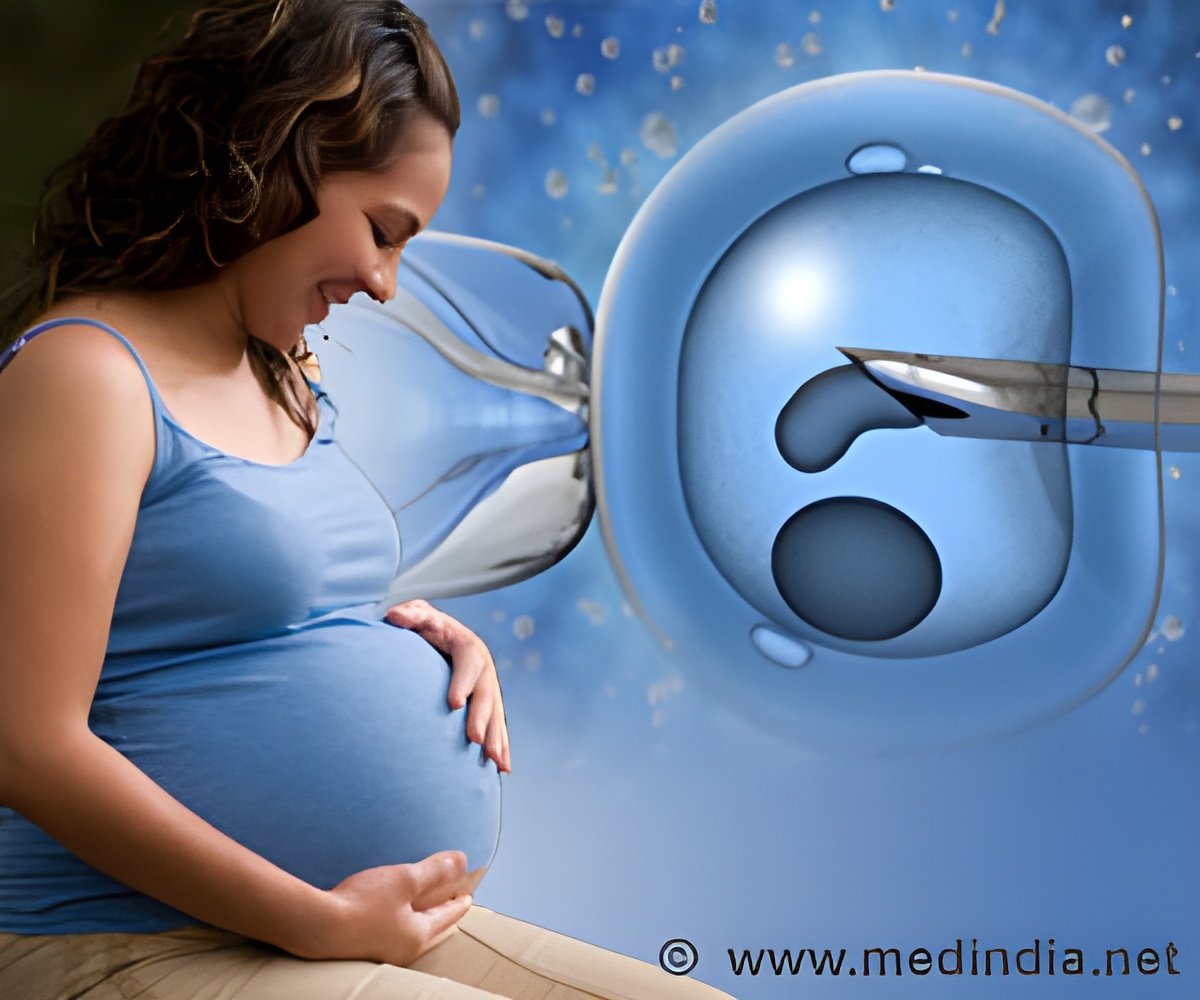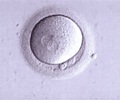
"We know a lot about pre-implantation, but what happens after implantation - and particularly the moment of implantation - is an enigma," said study author Professor Magdalena Zernicka-Goetz of University of Cambridge.
"During two days, the embryo goes from a relatively simple ball to a much larger, more complex cup-like structure. Exactly how that happens was a mystery, so we decided to develop a method that would allow us to culture and study embryos during implantation," she explained.
The new method would allow scientists to study embryo growth and development at implantation for the first time, which could help improve the success of in-vitro fertilisation (IVF).
Working with mouse cells, Professor Zernicka-Goetz and her colleague Dr Ivan Bedzhov succeeded in creating the right conditions outside the womb to study the implantation process.
They created a system comprising a gel and medium that, as well as having the right chemical and biological properties, was of similar elasticity to uterine tissue.
Advertisement
This new method revealed that on its way from ball to cup, the blastocyst becomes a 'rosette' of wedge-shaped cells - a structure never before seen by scientists.
Advertisement
During the first phase called pre-implantation, the embryo is a small, free-floating ball of cells called a blastocyst.
In the second post-implantation phase, the blastocyst embeds itself in the mother's uterus.
"It's a beautiful structure. It's fascinating to see how these small cells organise so perfectly to allow us to develop," added Zernicka-Goetz.
The findings also mean developmental biology text books would need rewriting, said the study published in the journal Cell.
Source-IANS









